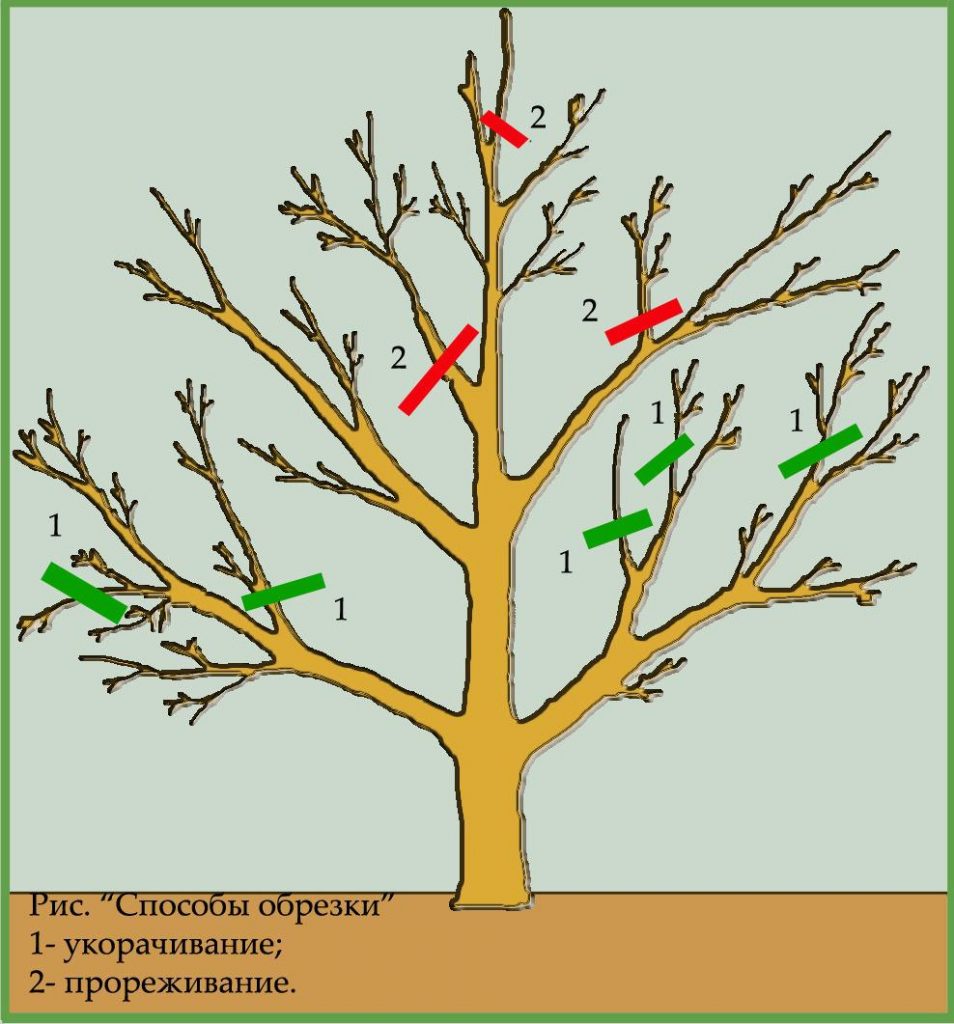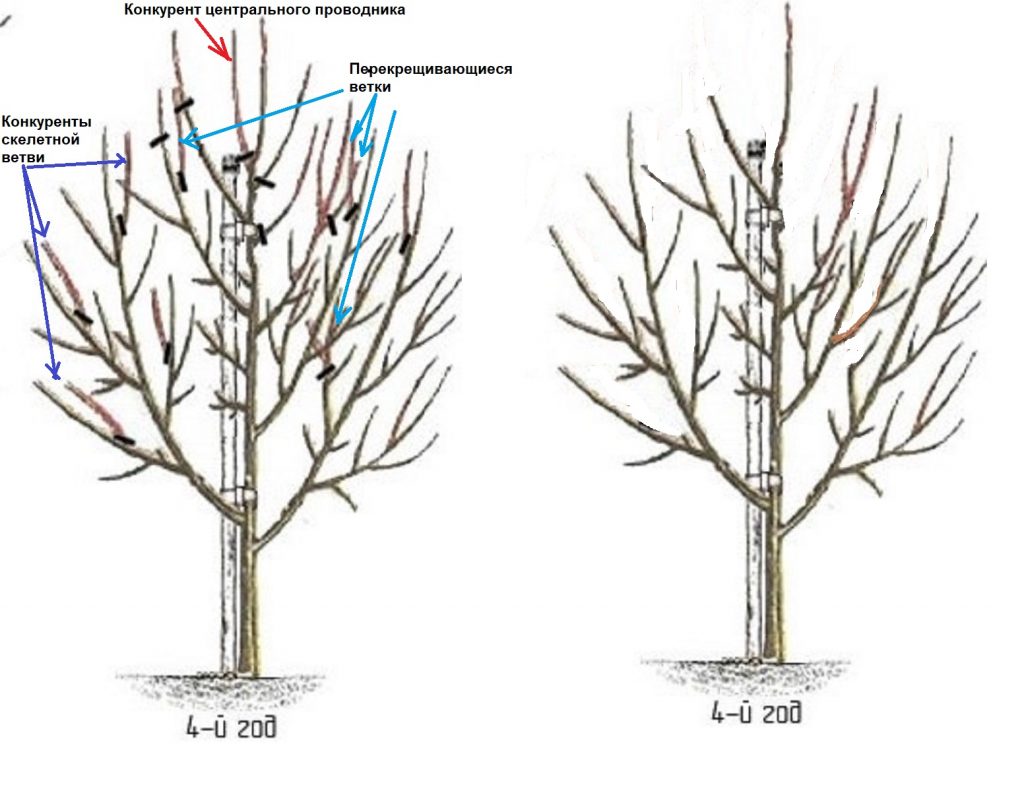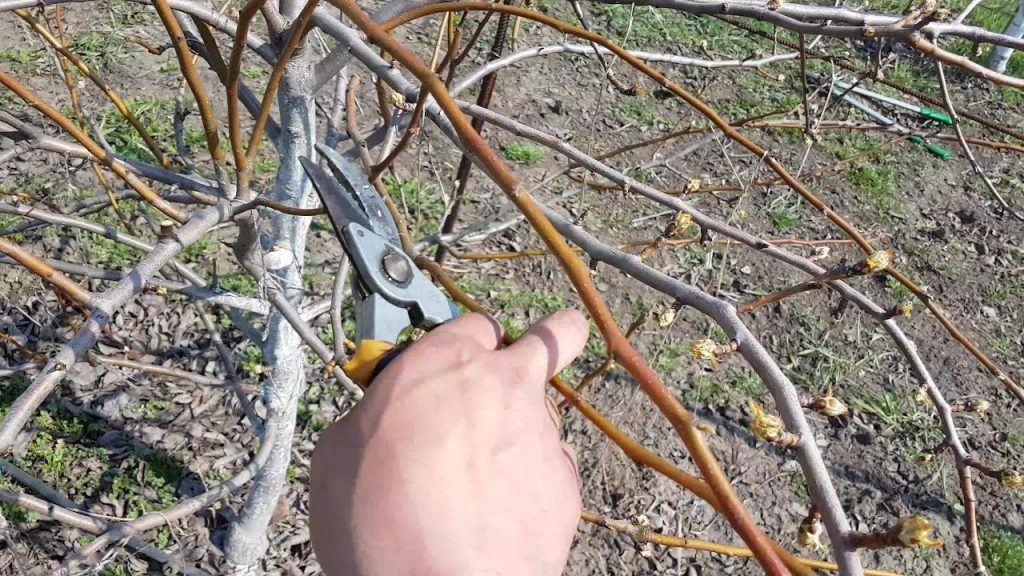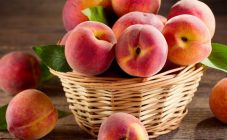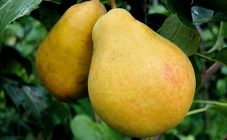Content:
Spring and autumn pruning activities for pear trees allow you to form the crown, rejuvenate the tree. A pear needs a lot of sunlight for good fruiting, and heavily thickened branches shade ripening fruits that are below the tier and closer to the trunk.
How pruning affects the health and fruiting of pears
The procedure allows the gardener to influence several life cycles of a tree at once:
- regulates the strength of growth;
- prolongs life and fruiting;
- improves the quality of fruits;
- increases the amount of harvest;
- accelerates the onset of fruiting.
Pruning a pear tree can be:
- formative,
- supporting,
- anti-aging.
You need to start forming a tree from the first year after planting. In the process of manipulation, the foundation of the future crown is laid and the growth of fruiting branches is stimulated. Crown shaping involves the minimum removal of lateral branches until the age of onset of fruiting.
Most of the orchards of the southern regions of Russia are planted with tree-like pears with a rounded crown type on a seed stock. Such trees have a long life cycle, the period of their productive period lasts up to 50 years or even more.
The main disadvantage of a garden with this type of planting is that the fruit trees grow very tall and are difficult to cultivate. It is impossible to completely harvest a tall pear.
Pear pruning: when and how to do it right
Pruning is carried out in the fall, after the leaves fall, and in the spring, before the buds open.
In the spring
Spring pruning improves the quality and quantity of the crop. Diagrams and instructions will tell you how to prune a pear in spring for beginners. Pears are cut in the spring according to a certain pattern:
- remove unnecessary side branches;
- the trunk is shortened by one fourth of the height;
- the places of the cuts are treated with garden pitch.
Excess side branches are removed in order to limit the growth of unnecessary shoots and direct the maximum amount of nutrients to the fruiting wood.
The trunk is shortened so that the tree does not waste energy on extra growth. A fruit tree is easier to handle and harvest when it is no more than 3-4 m high.
Pear formation begins in the first year of plant life. In the second spring after planting, the young tree is shortened so that its growth does not exceed 50 cm. Trimming the stem branch allows the seedling to form new lateral fruiting and growth branches from the buds of the lower tiers. At this stage, the correct shape of the crown is laid, convenient for spraying the plant and collecting fruits.
How to prune a pear in summer
In the summer, fruit trees are pruned by pinching (pinching). In the process of manipulation, new shoots are pinched, stopping their growth.
Pinching can be done with your hands or with pruning shears. The upper part of the shoot is removed in the area of the area covered with a hardened crust. After that, the shoots stop growing in length.
Summer pruning takes place throughout the season, starting in June. Every 10-14 days, a new growth is pinned.The pinching carried out in the summer allows you to send a greater amount of nutrients to the formation and ripening of fruits. On branches that have stopped growing, leaf buds are transformed into fruit buds.
In autumn
In autumn, pruning of fruit trees is carried out carefully. Do not remove too many branches at once, otherwise the pear may not survive the winter frosts.
At the beginning of autumn, sap flow does not stop, it just stops. After removing some of the lateral growth, the tree will try to heal the wounds. For regenerative activity, it will spend the substances that it has stored for the winter. If too many of them are spent, the pear will die in winter.
Autumn scheme of pear crown formation:
- remove diseased and dry branches;
- sawed off vertically growing branches;
- branches growing at an angle of 40 ° are partially removed.
The branches that are left on the tree are chosen according to the principle: the more horizontal, the better. The fact is that branches with an angle of inclination less than 40 ° bear fruit poorly, but they require a lot of nutrients for their growth.
Pruning old trees
To trim an old tall tree you will need:
- saw;
- secateurs;
- ladder;
- composition for processing the place of cutting branches.
Large tree-like plants are pruned in two ways. The first involves removing all fragile and dry branches. Remove those branches that are not able to support the weight of the fruit.
Following the second scheme, only those branches are left on the tree that grow horizontally to the surface of the earth. Cutting fruit trees allows you to get rid of unnecessary overgrowth and direct all the forces of the plant to the formation of a high-quality and high yield.
Beginner's guide: how to prune pears
Pruning of old and young trees is carried out according to schemes suitable for their age.
Young seedlings are cut short after transplanting. Thus, the gardener directs more nutrients to the formation of the root system.
The crown is formed annually. To do this, the main stem should be pruned one-fourth the height in the first year, and then about 30 cm annually. Pears with a pyramidal crown shape well.
Seedlings of two and three years of age are pruned in autumn and spring. In a four-year-old tree, the second tier of main branches begins to form. At 5 years old, shoots are removed with great care so as not to accidentally cut off the fruit branches.
How to shape a pear over 10 years old? Anti-aging pruning is used for trees of venerable age. During this manipulation, all sterile old branches are removed, they are sawed off at the end of winter at an air temperature of 0 ° C. This method stimulates the pear to grow new branches.
A pear will not give a bountiful harvest after rejuvenating pruning, but for some time it will still bear fruit.
Tops on a pear: what to do
The crown of a tree-like fruit plant is molded in order to preserve nutrients for the fruit branches. Shoots growing vertically upward on the main branch or trunk of a tree are called tops.
The spinning top is a sterile growth, actively growing and drawing off useful substances. Young top shoots are disposed of in two ways:
- cutting out under the base;
- cultivating by annual pruning and molding.
Trimming tops is carried out along the very influx at the point of branch exit. After pruning, the wound on the tree is treated with garden varnish, otherwise several new overgrowth branches will appear in place of the cut branch.
On pears, top branches can not be cut out, but pinched. Pinching stops the branch from growing.
The tops are also bent down and included in the tiers of the first and second order.The older the tree becomes, the less it will grow over with young shoots.
How to prune young pears correctly
Young pear pruning begins within a week after planting. The main branches that form the skeleton are determined, and all excess is cut out. The stem branch is shortened by one fourth.
Shoots growing below the first tier of skeletal branches are completely removed. The next season, the trunk is shortened by 25 cm, and the skeletal branches are cut by 5-10 cm. When forming the crown, the upper branches are designed so that they are shorter than the lower ones.
Some novice gardeners wonder if the top can be shortened? If the center conductor is not trimmed, the tree will grow too tall over time. Tall fruit plants are difficult to care for and nearly impossible to harvest without loss.
Why do young pears have branches growing from below
If a young pear tree has overgrown branches from below, they must be removed. They cannot be left as they weaken the tree. The appearance of overgrowth indicates that the pear is experiencing some kind of inconvenience or is ill. The reasons for the appearance of unwanted shoots need to be found out and measures to be taken to eliminate them.
The most common causes of overgrowth are:
- The tree did not endure the winter frosts well. Most often, damage (cracking, freezing) is not immediately visible, but the tree reacted to them in the spring with the appearance of overgrowth branches and shoots.
- The bark has undergone at the bottom of the trunk due to improper planting: the tree is planted too deep, or the soil is too wet for fruit crops. In this case, it is too late to re-inoculate the pear. A new seedling is planted taking into account the mistakes made.
- Shoots begin to grow actively if too many branches were removed during pruning.
- Not removed from the tree trunk, a garter with a label grows over time and cuts into the bark of the tree. It interferes with normal sap flow, in response the tree gives growth.
- The lower branches of a pear are formed if the grafted variety does not get along with the root system. As a result, the normal metabolism is disrupted, and the root system does not receive the beneficial substances produced by the foliage.
- Mechanical damage to the bark and breakage of large branches cause a large number of shoots.
- Shoots of a pear tree appear when the roots have come out. The problem is solved very simply: the area around the trunk must be covered with a layer of earth.
Tips and tricks for pruning pears
Pruning fruit trees is not a difficult process, but it requires minimal knowledge from the gardener. The rules for forming the crown must not be violated. Novice gardeners should take note of a few recommendations:
- The cut point of the branch must be treated with special antiseptics (garden varnish). Otherwise, a wound in the tree can become a site for infection.
- Young growth is removed with a pruning shear, and old woody branches with a saw.
- Large lateral branches begin to saw down from below and only then finish off from above. This method of removing old branches avoids breaking and peeling of the bark on the trunk.
- In autumn, trees are no longer pruned a month before the onset of the first frost. This period occurs at different times in each region.
- In the spring, you can start pruning after the air temperature stops dropping beyond the 0 ° C mark.
- Pruning garden trees should be done immediately if the tree has a lot of dry branches and vertically growing shoots.
- The formation of the pear crown is carried out stably throughout the life of the plant.
Pear is a thermophilic plant that bears fruit in the northern regions only with good care. To get a decent harvest every year, you need to timely prune, fertilize and treat garden plants from pests.
